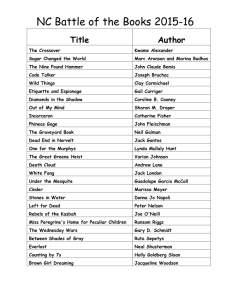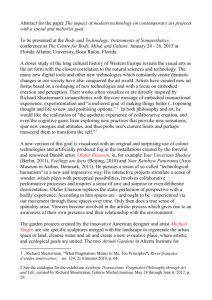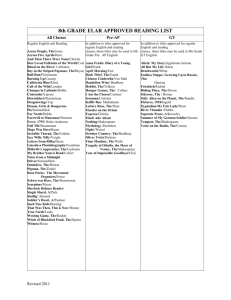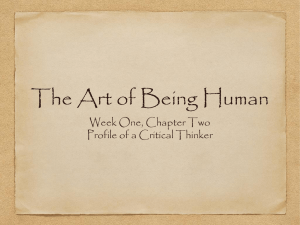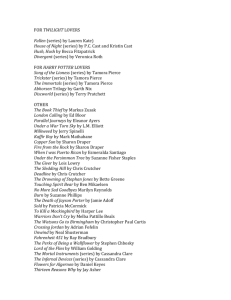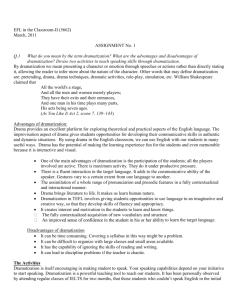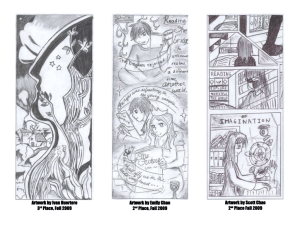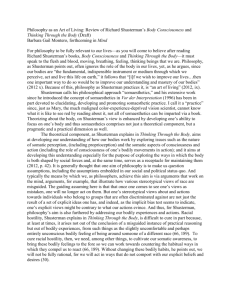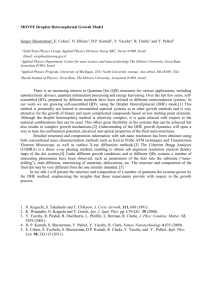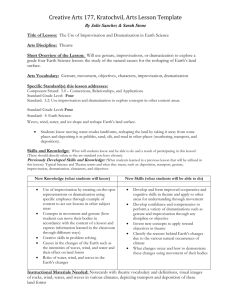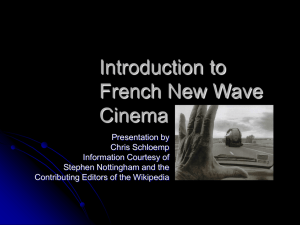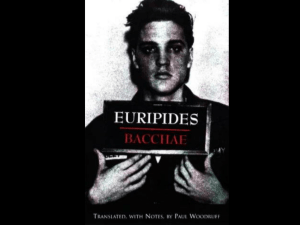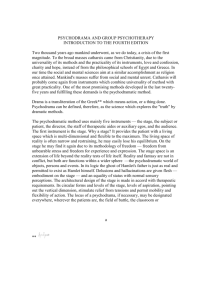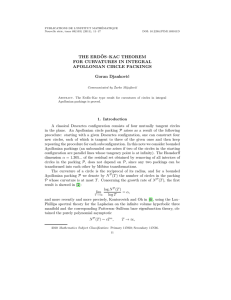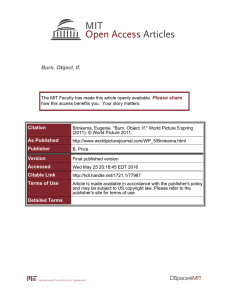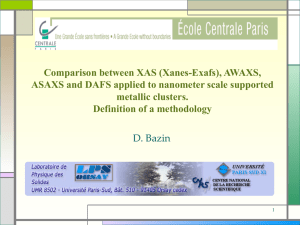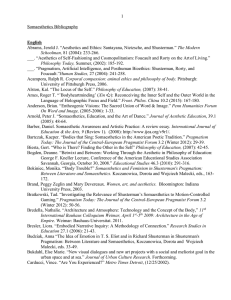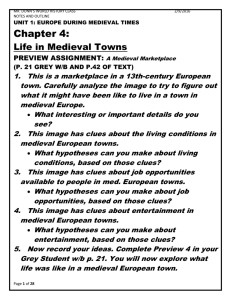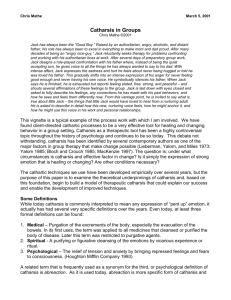Philosophy 320 (Philosophy and the Arts). Final exam study sheet
advertisement
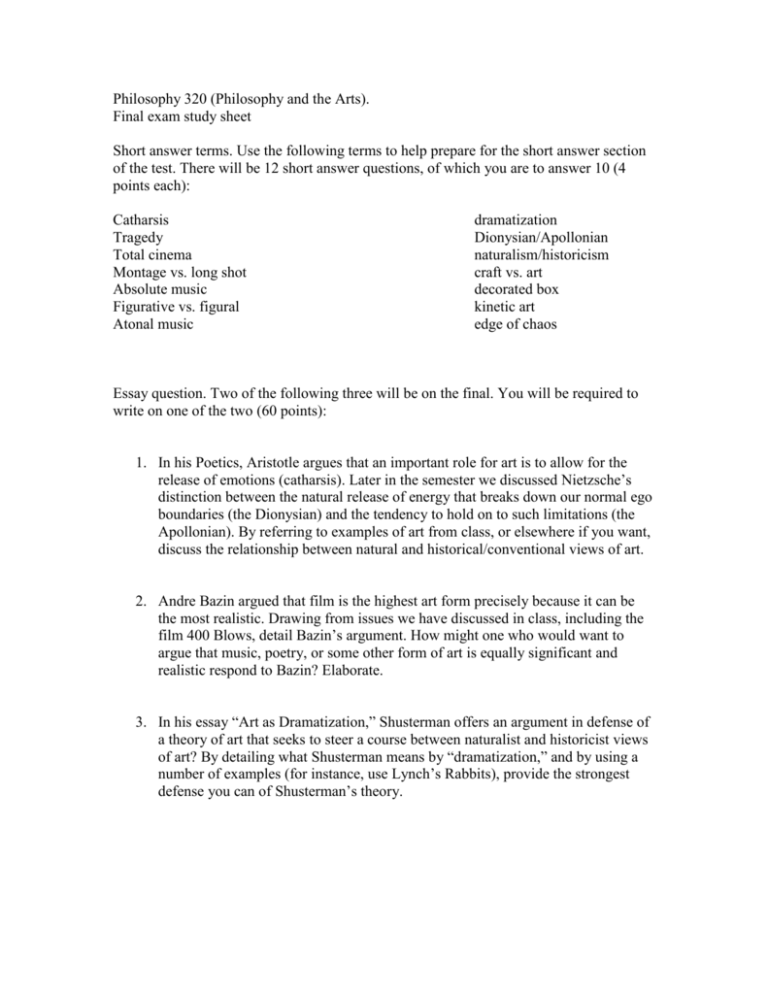
Philosophy 320 (Philosophy and the Arts). Final exam study sheet Short answer terms. Use the following terms to help prepare for the short answer section of the test. There will be 12 short answer questions, of which you are to answer 10 (4 points each): Catharsis Tragedy Total cinema Montage vs. long shot Absolute music Figurative vs. figural Atonal music dramatization Dionysian/Apollonian naturalism/historicism craft vs. art decorated box kinetic art edge of chaos Essay question. Two of the following three will be on the final. You will be required to write on one of the two (60 points): 1. In his Poetics, Aristotle argues that an important role for art is to allow for the release of emotions (catharsis). Later in the semester we discussed Nietzsche’s distinction between the natural release of energy that breaks down our normal ego boundaries (the Dionysian) and the tendency to hold on to such limitations (the Apollonian). By referring to examples of art from class, or elsewhere if you want, discuss the relationship between natural and historical/conventional views of art. 2. Andre Bazin argued that film is the highest art form precisely because it can be the most realistic. Drawing from issues we have discussed in class, including the film 400 Blows, detail Bazin’s argument. How might one who would want to argue that music, poetry, or some other form of art is equally significant and realistic respond to Bazin? Elaborate. 3. In his essay “Art as Dramatization,” Shusterman offers an argument in defense of a theory of art that seeks to steer a course between naturalist and historicist views of art? By detailing what Shusterman means by “dramatization,” and by using a number of examples (for instance, use Lynch’s Rabbits), provide the strongest defense you can of Shusterman’s theory.
